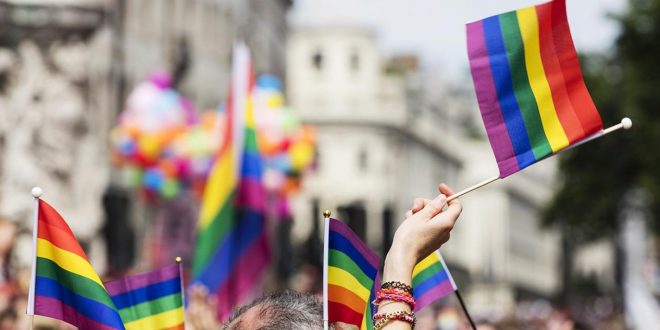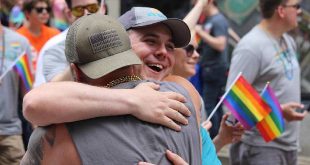Gay pride parades, also known as LGBTQ+ pride parades, are annual events that celebrate and uplift the LGBTQ+ community. These parades originated in the United States in the 1970s and have since spread to cities around the world, with hundreds of thousands of people participating in them each year.
The first gay pride parade took place in New York City on June 28, 1970, one year after the Stonewall Inn uprising. This historic event marked a turning point in the gay rights movement, as it was the first time that members of the LGBTQ+ community publicly and openly fought back against police harassment and discrimination. The parade was organized by activist groups such as the Gay Liberation Front and the Gay Activists Alliance, and it was attended by thousands of people.
Since then, gay pride parades have become a staple of the LGBTQ+ community and an important symbol of its resilience and strength. These parades typically feature colorful floats, music, and performances, as well as speeches from LGBTQ+ activists and allies. They are a celebration of the progress that has been made in terms of LGBTQ+ rights, as well as a reminder of the work that still needs to be done to combat discrimination and inequality.
In recent years, gay pride parades have become more inclusive, with many organizers and participants working to ensure that the events are welcoming to people of all gender identities and sexual orientations. This has included the addition of transgender and non-binary contingents to the parades, as well as the inclusion of people of color and other marginalized communities within the LGBTQ+ community.
Gay pride parades also serve as an important economic engine for the cities in which they take place. These events often attract tourists from around the world, boosting the local economy through increased spending at hotels, restaurants, and other businesses. Additionally, the parades often feature booths and vendors selling LGBTQ+-themed merchandise, further contributing to the local economy.
Despite the progress that has been made in terms of LGBTQ+ rights, gay pride parades remain an important and necessary form of activism. These events remind us of the struggles and challenges that members of the LGBTQ+ community have faced and continue to face, and they provide a platform for activists to speak out against discrimination and inequality. As long as LGBTQ+ people are denied their basic rights and dignity, gay pride parades will continue to be a vital part of the fight for equality.
 Lesbian, Gay, Bisexual, Transgender & Intersex News Lesbian News, Gay News, Bisexual News, Transgender News, Intersex News, LGBTI News
Lesbian, Gay, Bisexual, Transgender & Intersex News Lesbian News, Gay News, Bisexual News, Transgender News, Intersex News, LGBTI News




